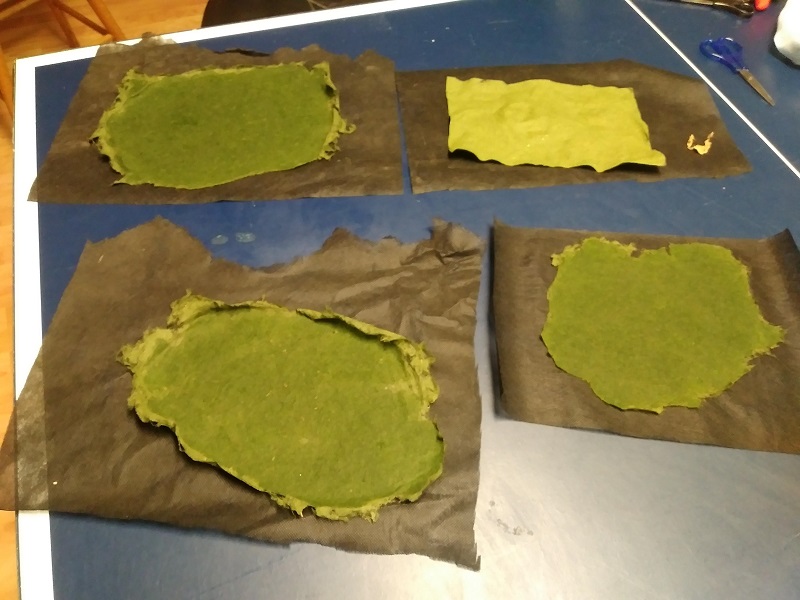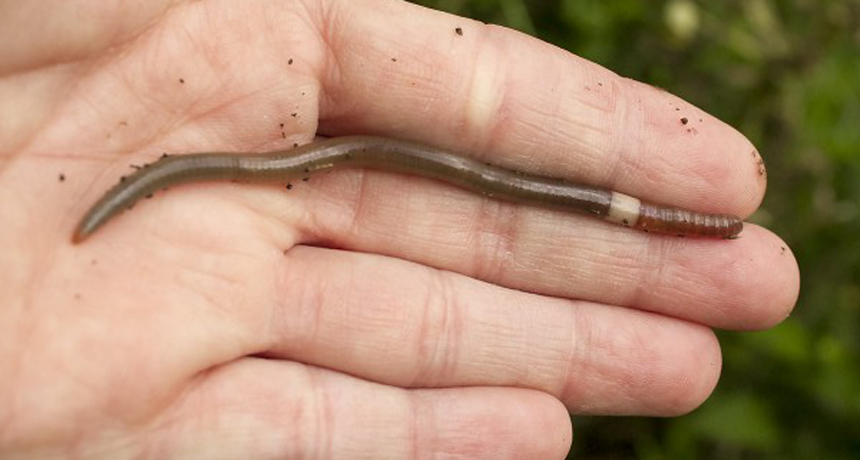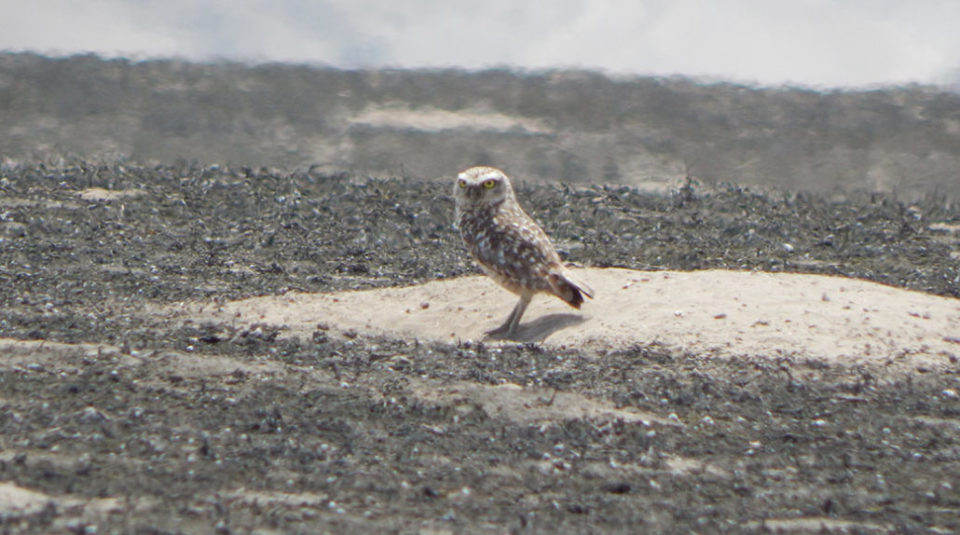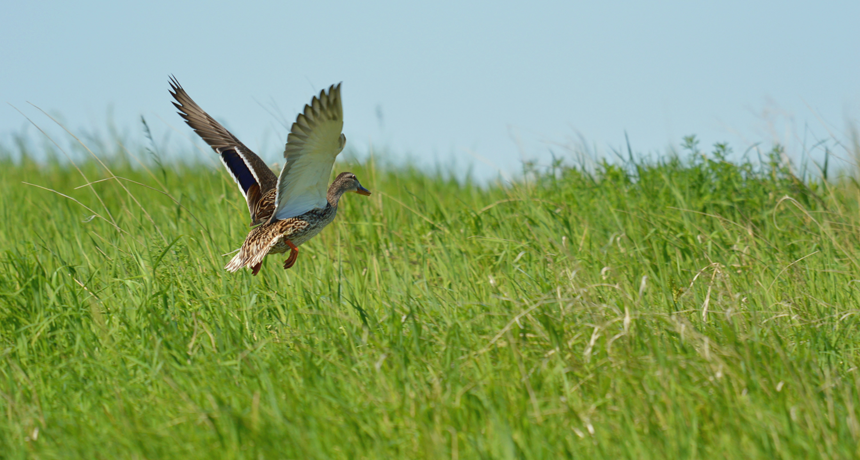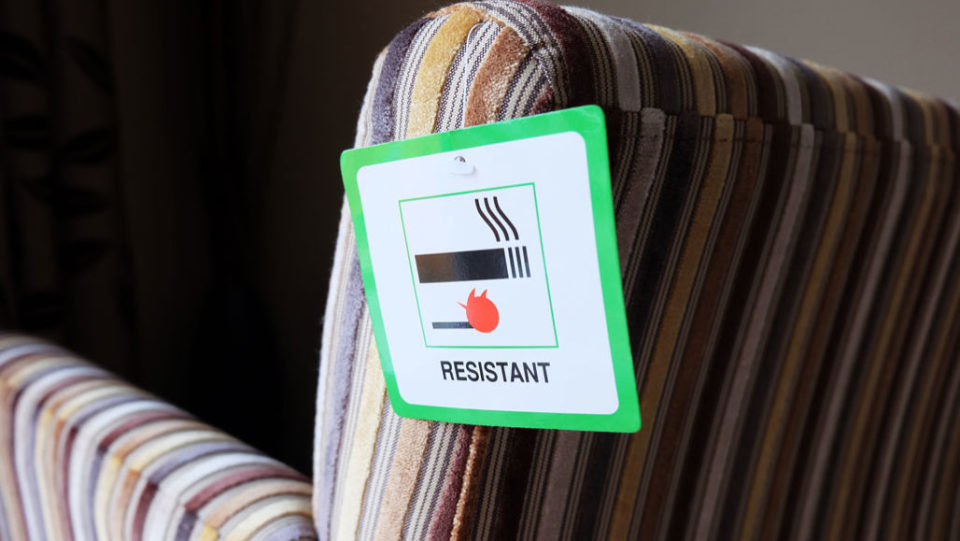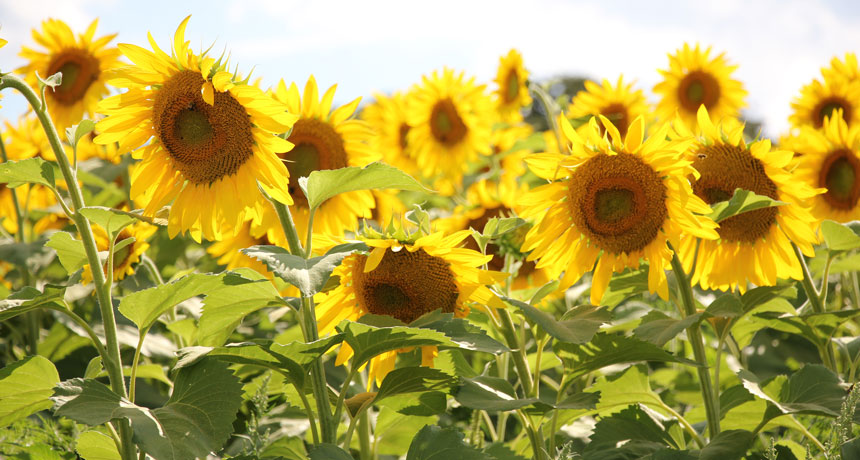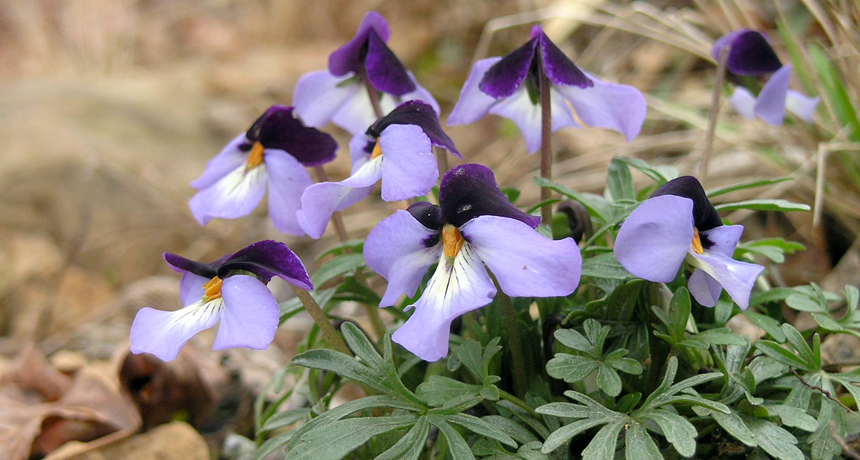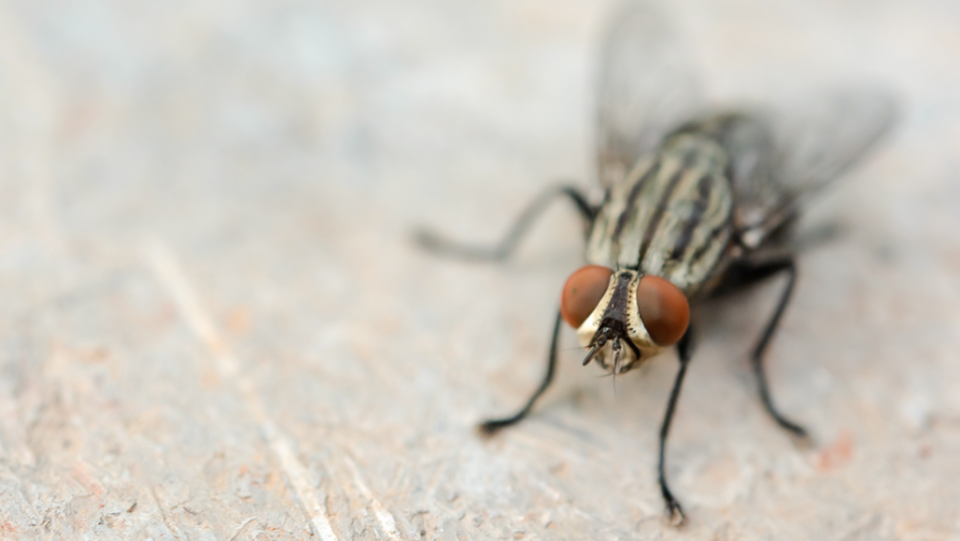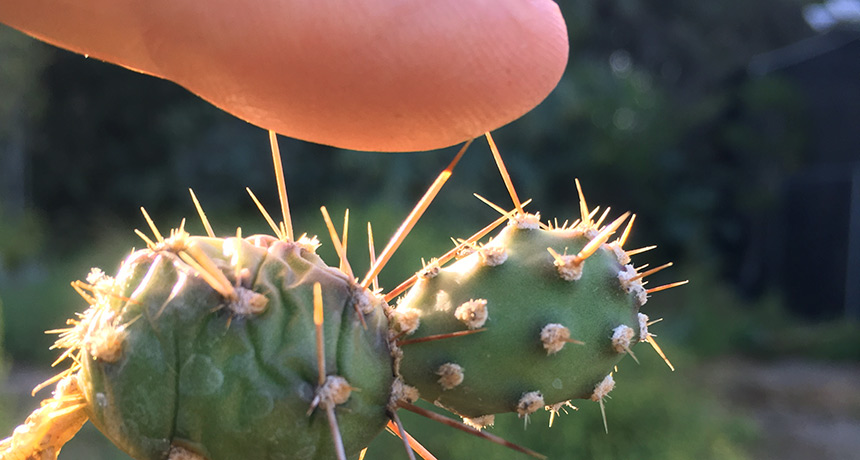Research at Home: Organisms and Ecosystems
Think Outside! (No box needed.)
Why stay indoors when there is a world of science to explore just beyond your front door? Set up a biocube to analyze an ecosystem in depth, get up close and personal with your favorite insect, observe animals from afar, or make your project literally home-grown with plant science.
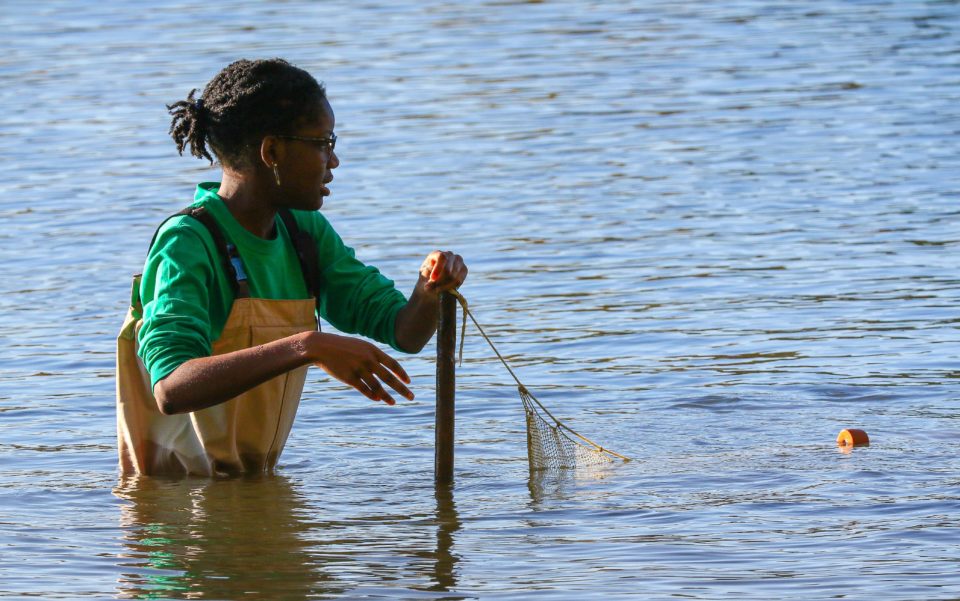
Resources
There are many great resources to learn from. Here are a few our team recommends:
National Museum of Natural History
A Biocube allows you to focus on biodiversity by closely examing and observing life in one cubic foot of space. Check out these resources to learn how to create a Biocube, select a spot, and get started analyzing the contents
iNaturalist
Connect with Nature: Explore and share your observations from the natural world. With over 42 million observations posted, you’re bound to find project ideas for observing organisms in nature.
Explore
A picture (or live feed) is worth a thousand words! Check out explore’s live animal cams with feeds from around the world to get ideas for an observational study!
ISEF Abstracts on Organisms and Ecosystems
Check out these projects in Animal Sciences, Plant Sciences and Earth and Environmental Sciences, three of the twenty-one Regeneron ISEF categories. See more ISEF abstracts by visiting the ISEF Project database.
Animal Sciences
Earth and Environmental Sciences
- The Effect of Salt Spray, Ungulate Fencing, and Soil Type on Coastal Plant Distribution and Abundance on the Kalaupapa Peninsula, Molokai
- Mapping Arsenic Movement due to Tsunami Events: Developing a Comprehensive Hot Spot Map of Arsenic Contamination in Wailoa State Park in Hilo, Hawaii
- Water Recycling: The Effect of Soap Nut Grey Water on the Environment (Soil Microbiome, Year 4)
- Rain vs. Bore – Do the Best Results Come Out of the Blue or the Red?
Society Blog Posts about Organisms and Ecosystems
Articles about Organisms and Ecosystems
Science News and Science News for Students are our award-winning publications that cover current advances across all STEM disciplines. We have gathered a collection of articles specifically on Organisms and Ecosystems to further shed light on this topic and provide inspiration for student research projects.

